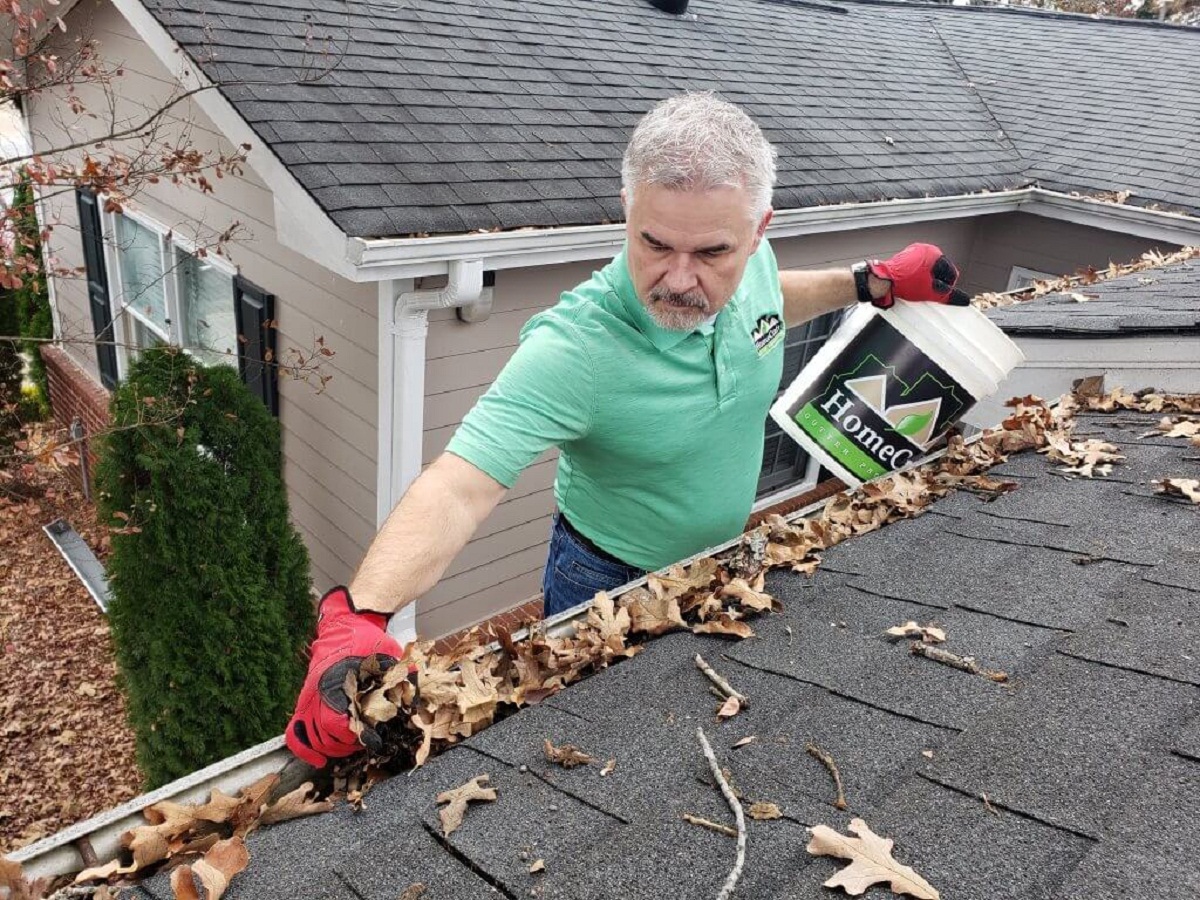

Articles
How To Clean Gutters Out
Modified: February 23, 2024
Learn how to clean gutters out with these informative articles.
(Many of the links in this article redirect to a specific reviewed product. Your purchase of these products through affiliate links helps to generate commission for Storables.com, at no extra cost. Learn more)
Introduction
When it comes to maintaining the integrity and functionality of your home, one often overlooked task is cleaning out the gutters. While it may seem like a mundane chore, properly cleaning and maintaining your gutters is crucial to prevent a wide range of costly and potentially dangerous issues. From water damage to mold growth, clogged gutters can wreak havoc on your property.
In this article, we will guide you through the process of cleaning out your gutters step by step. We will also provide you with some important safety precautions to ensure that you perform the task without any accidents. So, grab your tools and let’s get started on keeping your gutters clean and your home protected!
Key Takeaways:
- Regularly cleaning and maintaining your gutters is crucial to prevent water damage, ice dams, and pest infestations, ultimately extending the lifespan of your gutters and protecting your home from costly repairs.
- Implementing preventative measures such as installing gutter guards, trimming nearby trees, and performing regular inspections can minimize the need for frequent cleaning and reduce the risk of gutter-related issues, ensuring the longevity and functionality of your gutter system.
Read more: How To Clean Out Gutters From The Ground
Why it’s important to clean gutters
Gutters play a crucial role in diverting rainwater away from your home’s foundation. When gutters become clogged with debris such as leaves, twigs, and dirt, they are unable to effectively direct water away from your home. This can lead to a multitude of issues that can threaten the structure and safety of your property.
One of the primary dangers of neglected gutters is water damage. When water cannot flow freely through the gutters and downspouts, it can overflow and seep into the foundation of your home. This can result in cracks and structural damage, as well as basement flooding. Over time, the excess moisture can also lead to the growth of mold, which poses serious health risks and can be costly to remediate.
Clogged gutters can also lead to the formation of ice dams during winter months. When melted snow cannot properly drain through the gutters, it refreezes along the roofline, creating a barrier that can prevent water from properly draining off the roof. This can lead to roof damage and leaks, as well as potential harm to the interior of your home.
In addition to water-related issues, neglected gutters can attract pests and insects. Leaves and other debris provide a cozy environment for pests such as mosquitoes, rodents, and birds to nest and breed. These critters can cause damage to the gutters themselves and can find their way inside your home, creating further problems.
Regularly cleaning out your gutters is an essential part of home maintenance. It not only helps to prevent water damage, ice dams, and pest infestations, but it also extends the lifespan of your gutters, saving you money on costly repairs or replacements.
Now that we understand the importance of gutter maintenance, let’s move on to the tools and materials you’ll need to get the job done.
Tools and materials needed
Before you embark on cleaning your gutters, it’s important to gather the necessary tools and materials. Here’s a list of what you’ll need:
- Gloves: Protect your hands from sharp debris and potentially harmful bacteria by wearing a sturdy pair of gloves.
- Ladder: A stable ladder is essential for safely reaching your gutters. Make sure to choose a ladder that is the appropriate height for your home and follow all ladder safety precautions.
- Gutter scoop: This handy tool, often made of plastic or metal, is specifically designed to remove debris from gutters. Its curved shape allows for efficient cleaning.
- Bucket or tarp: Have a bucket or tarp handy to collect the debris as you remove it from the gutters. This will prevent the mess from accumulating on the ground.
- Garden hose with spray nozzle: A garden hose with a high-pressure spray nozzle will help you flush out any remaining debris and ensure that water flows freely through the gutters.
- Safety goggles: Protect your eyes from any flying debris or splashing water by wearing safety goggles.
- Safety harness (optional): If you’re uncomfortable with heights or have a multi-story home, consider using a safety harness to further secure yourself while working on the ladder.
By having these tools and materials readily available, you’ll be well-equipped to tackle your gutter cleaning project safely and effectively.
Now that you’re prepared with the necessary tools, let’s move on to some important safety precautions to keep in mind during the cleaning process.
Safety precautions
When it comes to cleaning gutters, safety should always be a top priority. Follow these essential safety precautions to ensure a safe and accident-free gutter cleaning experience:
- Use a stable ladder: Ensure that your ladder is in good condition and set it up on a firm and level ground. Always practice ladder safety by maintaining three points of contact and never overreaching.
- Wear protective gear: Put on a sturdy pair of gloves to protect your hands from sharp debris. Safety goggles will shield your eyes from flying particles, and if necessary, consider wearing a safety harness for added stability.
- Check for power lines: Before extending your ladder or using any tall equipment, be aware of the location of power lines. Keep a safe distance to avoid accidents or electrocution.
- Let someone know: Inform a family member or neighbor about your gutter cleaning plans. Having someone aware of your activity can provide an extra layer of safety and alertness.
- Clear the area: Remove any tripping hazards, such as toys, tools, or debris, from the area where you’ll be working. This will minimize the risk of accidents and falls.
- Be mindful of your surroundings: Stay aware of your surroundings and be cautious of any unstable or slippery surfaces. Avoid working on the roof or gutters during adverse weather conditions.
- Take breaks: Gutter cleaning can be physically demanding. Take frequent breaks to rest and hydrate to prevent exhaustion or dehydration.
By adhering to these safety precautions, you can significantly reduce the risk of accidents and injuries while cleaning out your gutters.
Now that safety is at the forefront, let’s move on to the step-by-step process of clearing debris from your gutters.
Step 1: Clearing the debris from the gutters
Now that you have the necessary tools and safety precautions in place, it’s time to start cleaning out the debris from your gutters. Follow these steps to effectively clear out the gutters:
- Set up your ladder securely: Place your ladder on a stable surface and ensure it is at the appropriate height to reach the gutters. Follow ladder safety guidelines, including maintaining three points of contact and not overreaching.
- Put on your gloves: Protect your hands from sharp debris and potential bacteria by wearing a sturdy pair of gloves.
- Start at a downspout: Begin at the end of the gutter closest to a downspout. This will allow for easier disposal of the debris you remove.
- Remove large debris by hand: Use your gloved hand or a gutter scoop to remove larger debris, such as leaves, twigs, and dirt. Place the debris in a bucket or on a tarp for easy disposal.
- Work your way along the gutter: Move along the length of the gutter, removing any remaining debris. Take care not to push the debris into the downspout, as this can cause blockages.
- Check the corners and joints: Pay close attention to the corners and joints of the gutter system, as these areas often accumulate more debris. Use your hands or a small brush to clear out any stubborn debris.
- Inspect the gutters: As you clear out the debris, take the opportunity to inspect the gutters for any signs of damage, such as cracks or loose nails. Make note of any repairs that may be needed.
Clearing out the debris from your gutters is an essential step in maintaining their functionality. By removing the blockages, you ensure that rainwater can flow freely and avoid potential water damage.
Once you have cleared out the majority of the debris, it’s time to move on to the next step: flushing the gutters with water.
Use a sturdy ladder and gloves to remove debris from gutters. Use a trowel or scoop to scoop out the gunk, then flush the gutters with a hose to clear any remaining debris.
Step 2: Flushing the gutters with water
After removing the debris from your gutters, it’s important to flush them with water to ensure proper flow and to remove any remaining dirt or smaller particles. Follow these steps to effectively flush your gutters:
- Position your ladder: Place your ladder securely near the downspout, ensuring it is stable and at a suitable height.
- Attach a spray nozzle to your garden hose: Connect a spray nozzle with a high-pressure setting to your garden hose. This will provide the necessary force to clean out the gutters.
- Start at the opposite end of the downspout: Begin spraying water into the gutters at the end opposite the downspout. This will allow the water to flow through and push out any remaining debris.
- Move along the gutter length: Gradually work your way along the length of the gutter, directing the water towards the downspout. Make sure the water is flushing out consistently and there are no signs of blockages.
- Check the downspout flow: Pay close attention to the downspout as you flush the gutters. Make sure the water is flowing freely and there are no obstructions. If you notice any blockages, use a plumber’s snake or a strong stream of water to clear the downspout.
- Continue flushing until the water runs clear: Rinse the gutters thoroughly with water until the water coming out of the downspout runs clear. This indicates that the gutters are clean and free of debris.
Flushing your gutters with water helps to ensure that all traces of debris are removed. It also helps to identify any potential issues with the gutter system, such as clogs or leaks.
Now that your gutters are clear and flushed, it’s time to move on to the next step: cleaning the downspout.
Step 3: Cleaning the downspout
Once you have cleared out the debris from your gutters and flushed them with water, it’s important to give special attention to the downspouts. Clogged downspouts can prevent proper drainage, leading to water backup and potential damage. Here’s how to effectively clean the downspout:
- Position your ladder: Place your ladder securely near the downspout, ensuring it is stable and at a suitable height.
- Inspect the downspout: Take a look inside the downspout for any visible blockages, such as leaves, twigs, or debris. Use a flashlight if needed.
- Use a plumber’s snake or hose: If there are visible blockages in the downspout, use a plumber’s snake to gently dislodge and remove them. Alternatively, you can use a strong stream of water from a hose to push the blockages out.
- Flush the downspout with water: Once you have cleared any visible blockages, flush the downspout with water to ensure it is completely free of debris. Direct the water from your hose into the top of the downspout and allow it to flow through and out the bottom.
- Check the downspout flow: As you flush the downspout, observe the water flow. Ensure that the water is flowing freely and there are no signs of obstruction or slow drainage.
- Repeat if necessary: If there are still signs of blockages or restricted flow, repeat the process of using a plumber’s snake or hose to dislodge and remove the debris. Continue flushing with water until the downspout is clear.
Cleaning the downspout is a crucial step in maintaining proper drainage from your gutter system. By ensuring that the downspout is clear, you can prevent water backup and potential damage to your home’s foundation.
Now that the downspout is clean, it’s time to move on to the next step: inspecting for any damages.
Step 4: Inspecting for damages
After cleaning out the gutters and ensuring that the downspouts are clear, it’s important to inspect the gutter system for any signs of damages or issues that require attention. Regular inspections can help catch problems early on and prevent further damage. Here’s how to inspect your gutters for damages:
- Get a close-up view: Use a sturdy ladder to carefully examine the gutters up close. Take note of any visible cracks, rust, sagging, or loose parts.
- Check the joints and seams: Pay close attention to the joints and seams where each section of gutter connects. Look for any gaps, leaks, or signs of water damage.
- Inspect the downspouts: Examine the downspouts for any damage or blockages that may hinder proper drainage. Check for cracks, loose connections, or excessive rust and corrosion.
- Look for water stains: Check the exterior walls near the gutters for any signs of water stains or damage. This could indicate a leak or improper water flow.
- Check for proper slope: Ensure that the gutters have a slight slope towards the downspouts, allowing water to flow freely. If you notice any areas where the gutters are not sloping properly, they may need to be adjusted or realigned.
- Note any necessary repairs: Make a list of any damages or repairs that need to be addressed. This can include replacing damaged sections of gutter, tightening loose screws or nails, or applying sealant to leaks.
Regularly inspecting your gutters for damages allows you to address issues promptly and prevent further damage to your home. Small repairs now can save you from costly repairs or replacements down the line.
Now that you’ve inspected your gutters and noted any necessary repairs, let’s move onto the final step: preventative measures for gutter maintenance.
Step 5: Preventative measures for gutter maintenance
Now that you’ve completed the process of cleaning and inspecting your gutters, it’s important to implement preventative measures to ensure they continue to function properly and remain in good condition. By taking proactive steps, you can minimize the need for frequent cleaning and reduce the risk of damage. Here are some preventative measures for gutter maintenance:
- Install gutter guards: Gutter guards are designed to prevent debris from entering the gutters while allowing water to flow freely. They can significantly reduce the amount of debris that accumulates in your gutters, making cleaning less frequent.
- Trim nearby trees: Overhanging tree branches can drop leaves and twigs directly into your gutters, causing clogs. Regularly trim branches that are close to your roof to minimize debris accumulation.
- Perform regular inspections: Set a schedule to regularly inspect your gutters for any signs of debris buildup or damage. By catching problems early, you can address them before they worsen.
- Clean gutters seasonally: Depending on the climate and amount of nearby foliage, you may need to clean your gutters seasonally. This will help prevent major clogs and ensure proper water flow.
- Maintain a clean roof: Keeping your roof clean and free of debris, such as leaves, moss, or algae, can minimize the amount of dirt that ends up in your gutters.
- Ensure proper downspout extension: Make sure your downspouts extend away from the foundation of your home, directing water at least a few feet away. This helps prevent water from pooling near the foundation, which can lead to structural damage.
- Consider professional maintenance: If you’re unable or unwilling to perform gutter maintenance yourself, consider hiring a professional gutter cleaning service. They have the tools and expertise to maintain your gutters effectively and safely.
Implementing these preventative measures will help keep your gutters clean and in good working condition, reducing the risk of water damage and other gutter-related issues.
With these measures in place, you can enjoy peace of mind knowing that your gutter system is well-maintained and effectively protecting your home from water damage.
By following these step-by-step instructions and implementing preventative measures, you can successfully clean and maintain your gutters, ensuring the longevity and functionality of your gutter system. Remember to prioritize safety, regularly inspect your gutters, and address any necessary repairs promptly. With proper maintenance, your gutters will continue to protect your home for years to come.
Read more: How To Keep Squirrels Out Of Gutters
Conclusion
Cleaning and maintaining your gutters is an essential part of home maintenance that should not be overlooked. By regularly clearing out debris, flushing with water, and inspecting for damages, you can ensure that your gutter system functions properly and protects your home from potential water damage.
Throughout this article, we have discussed the importance of gutter maintenance and provided a step-by-step guide on how to clean your gutters effectively. We also highlighted the necessary tools and safety precautions to keep in mind to ensure a safe and successful gutter cleaning experience.
Remember, neglecting your gutters can lead to a range of problems, including water damage, mold growth, pest infestations, and structural issues. But by investing a little time and effort into gutter maintenance, you can avoid these costly and inconvenient issues.
In addition to regular cleaning, we also emphasized the significance of preventative measures such as installing gutter guards, trimming tree branches, and maintaining a clean roof. These measures can help reduce the frequency of gutter cleaning and extend the lifespan of your gutters.
Whether you choose to clean your gutters yourself or hire a professional, prioritize gutter maintenance as part of your overall home care routine. By doing so, you’ll be taking a proactive approach to protect your home and ensure its longevity.
So, don’t forget to regularly inspect your gutters, clear out debris, flush with water, and address any necessary repairs. With proper gutter maintenance, you can enjoy a well-functioning gutter system that effectively directs water away from your home, keeping it safe and secure for years to come.
Frequently Asked Questions about How To Clean Gutters Out
Was this page helpful?
At Storables.com, we guarantee accurate and reliable information. Our content, validated by Expert Board Contributors, is crafted following stringent Editorial Policies. We're committed to providing you with well-researched, expert-backed insights for all your informational needs.
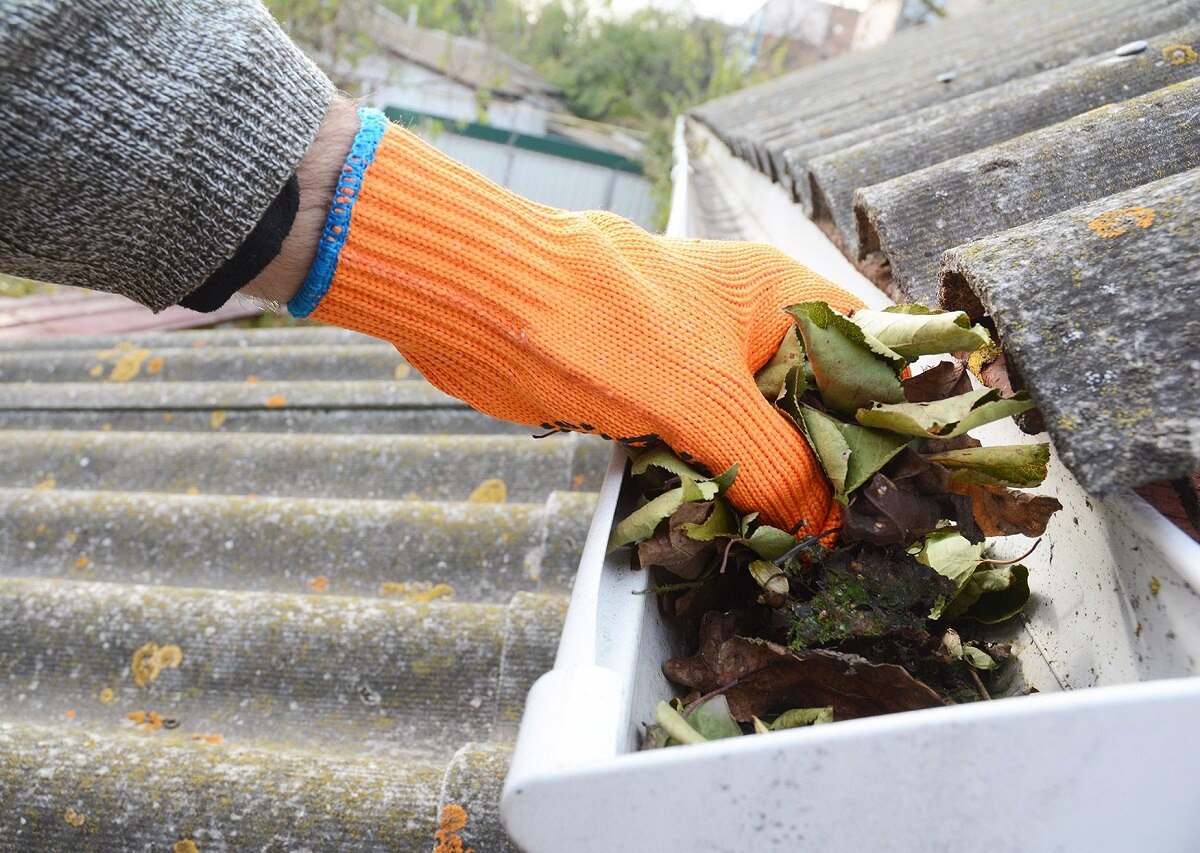
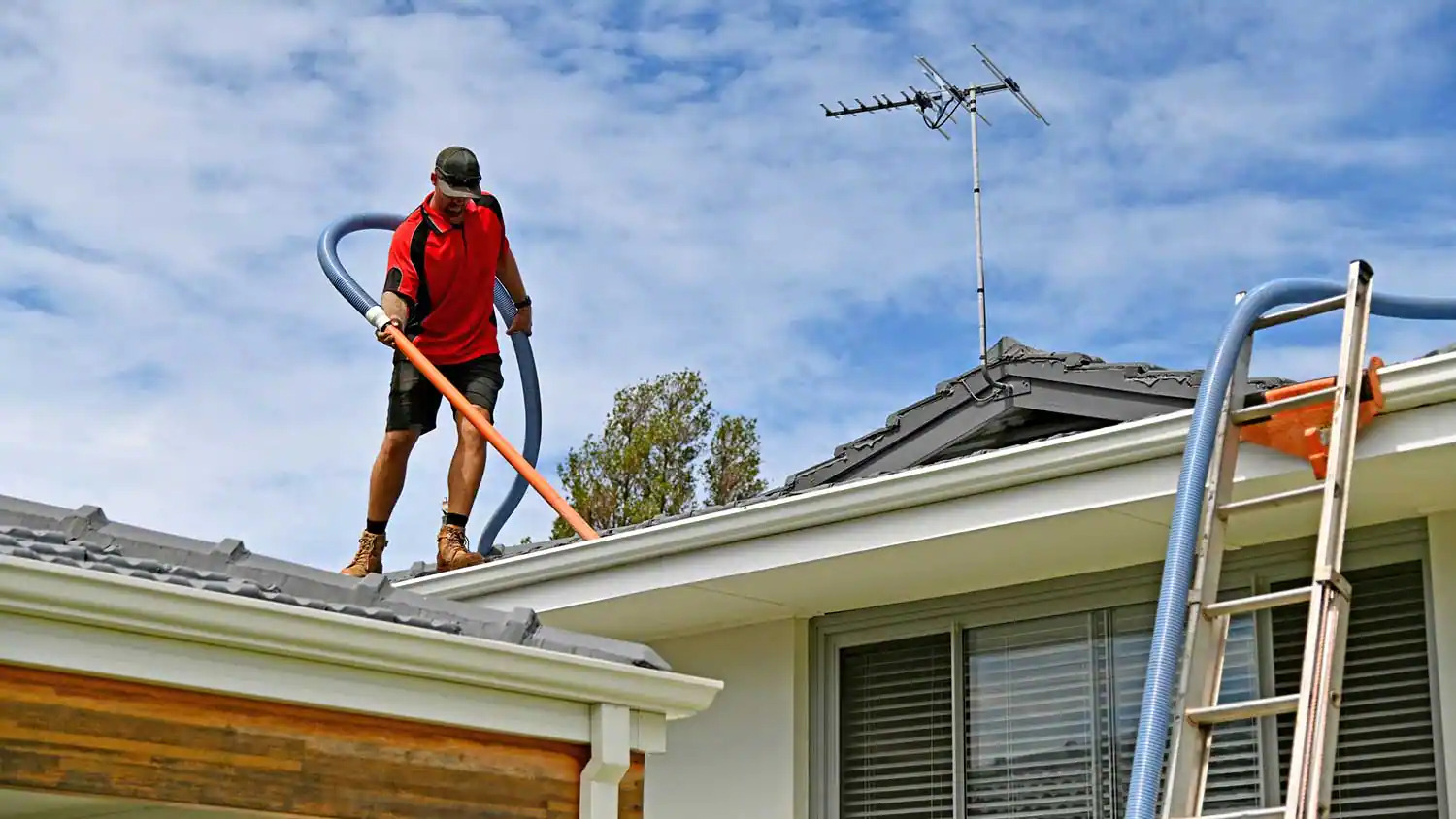
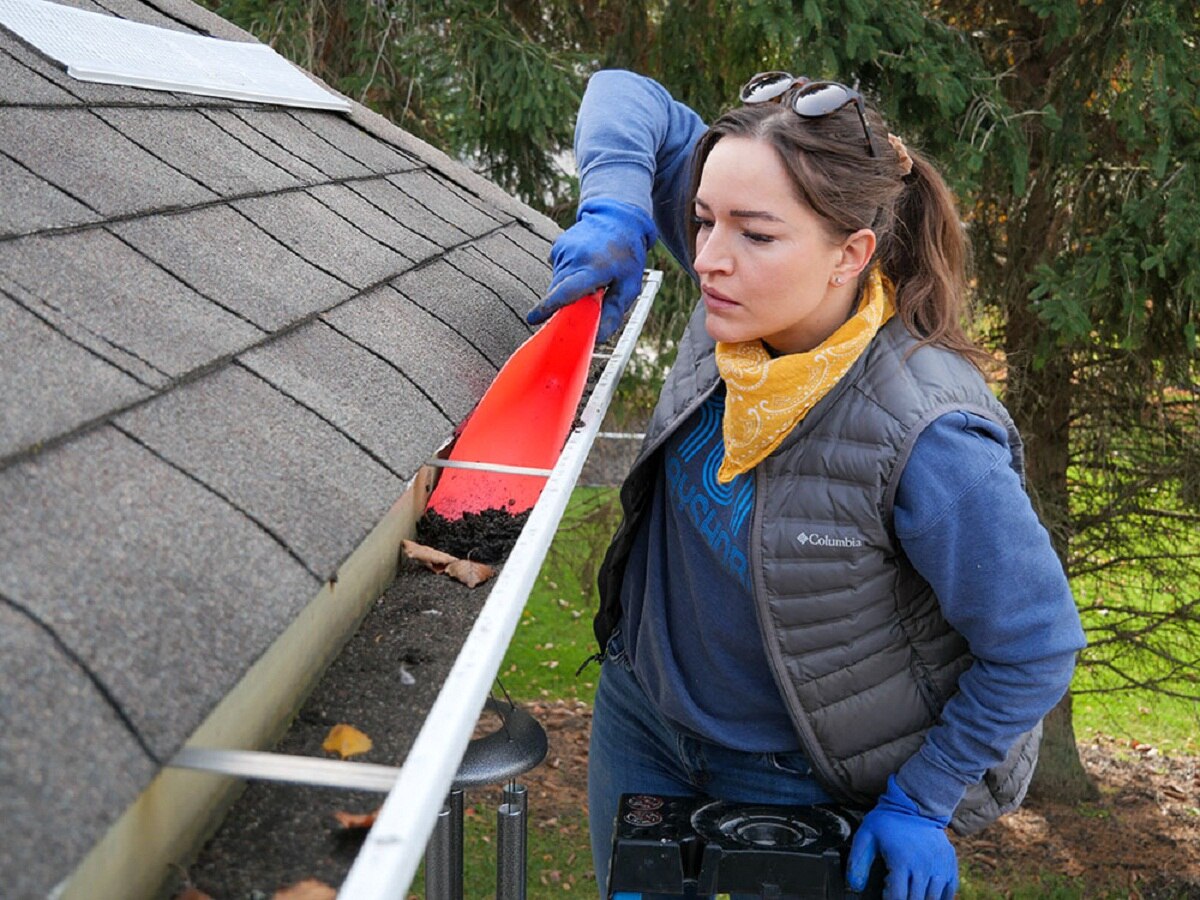
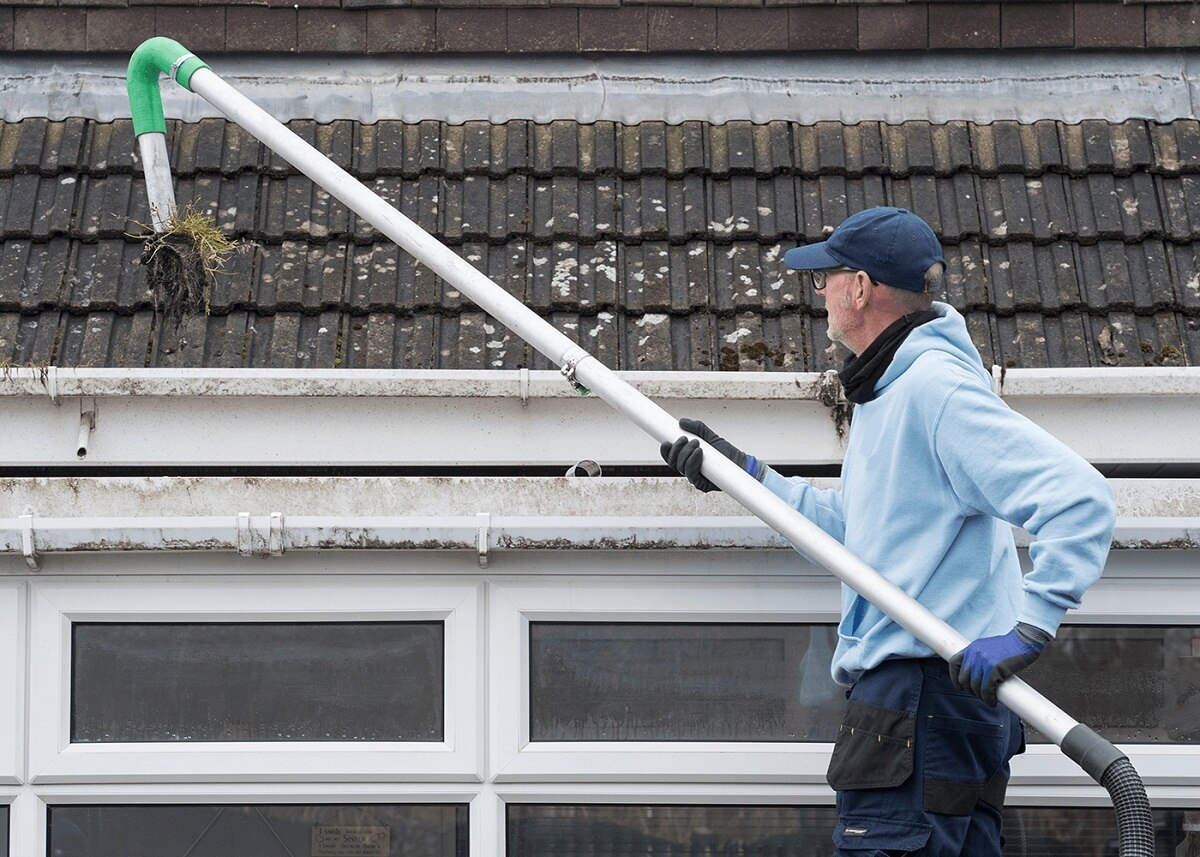
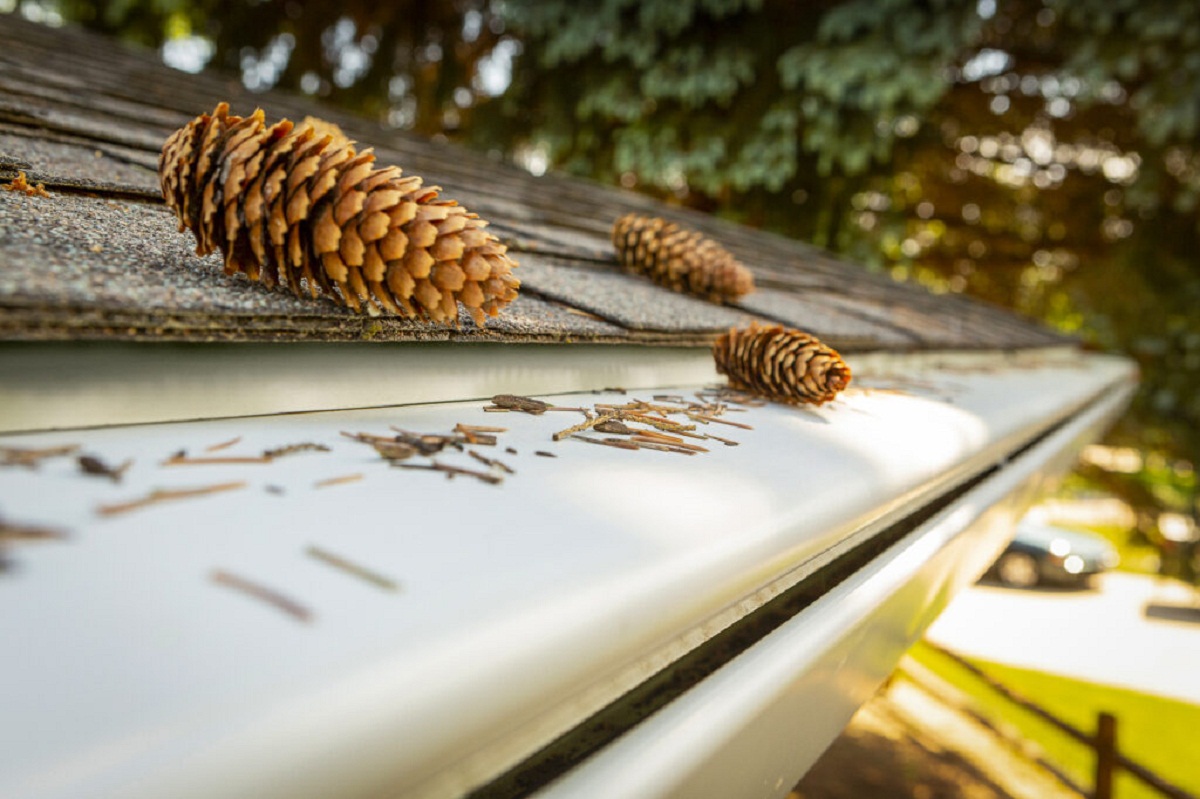
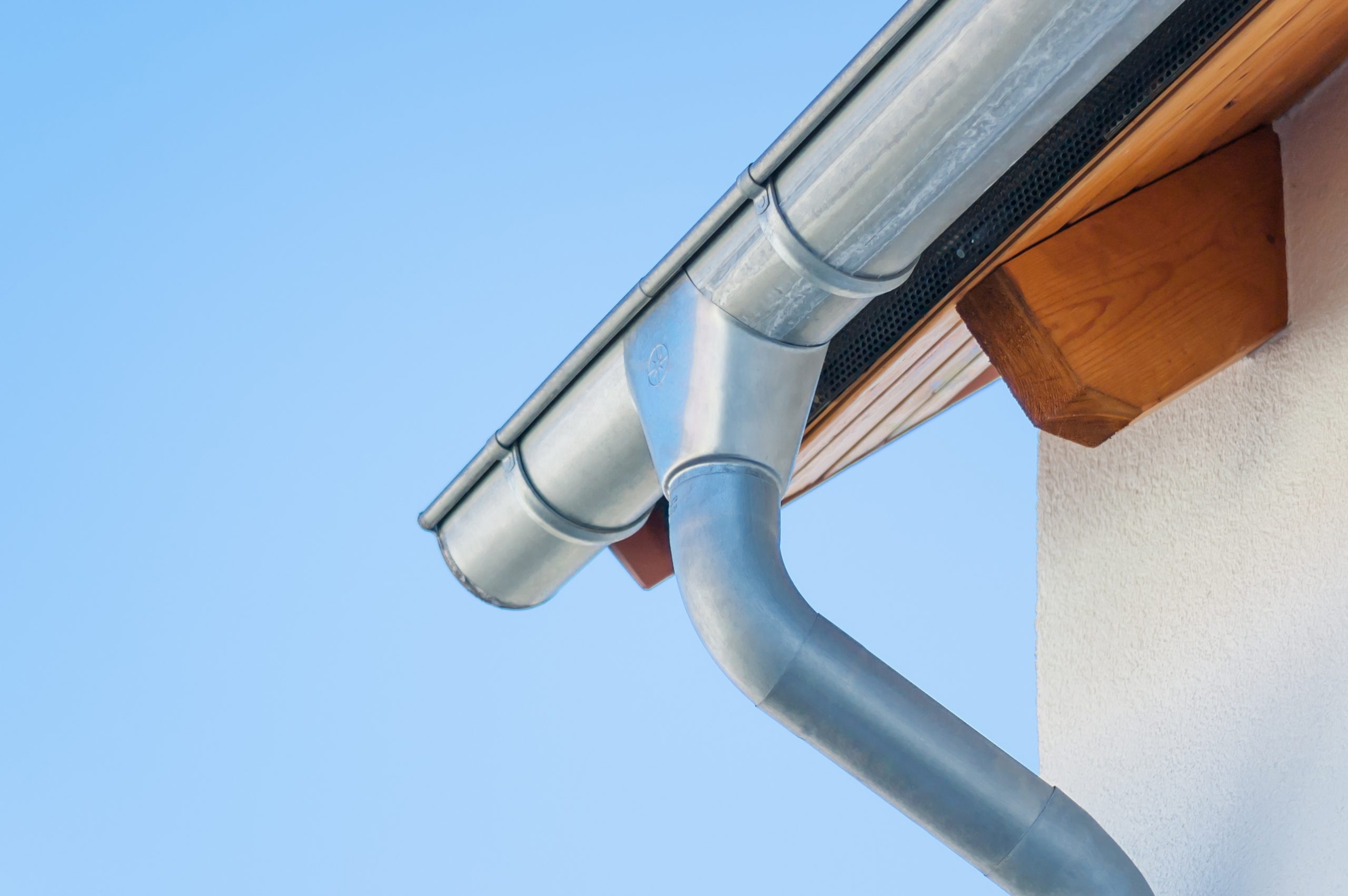
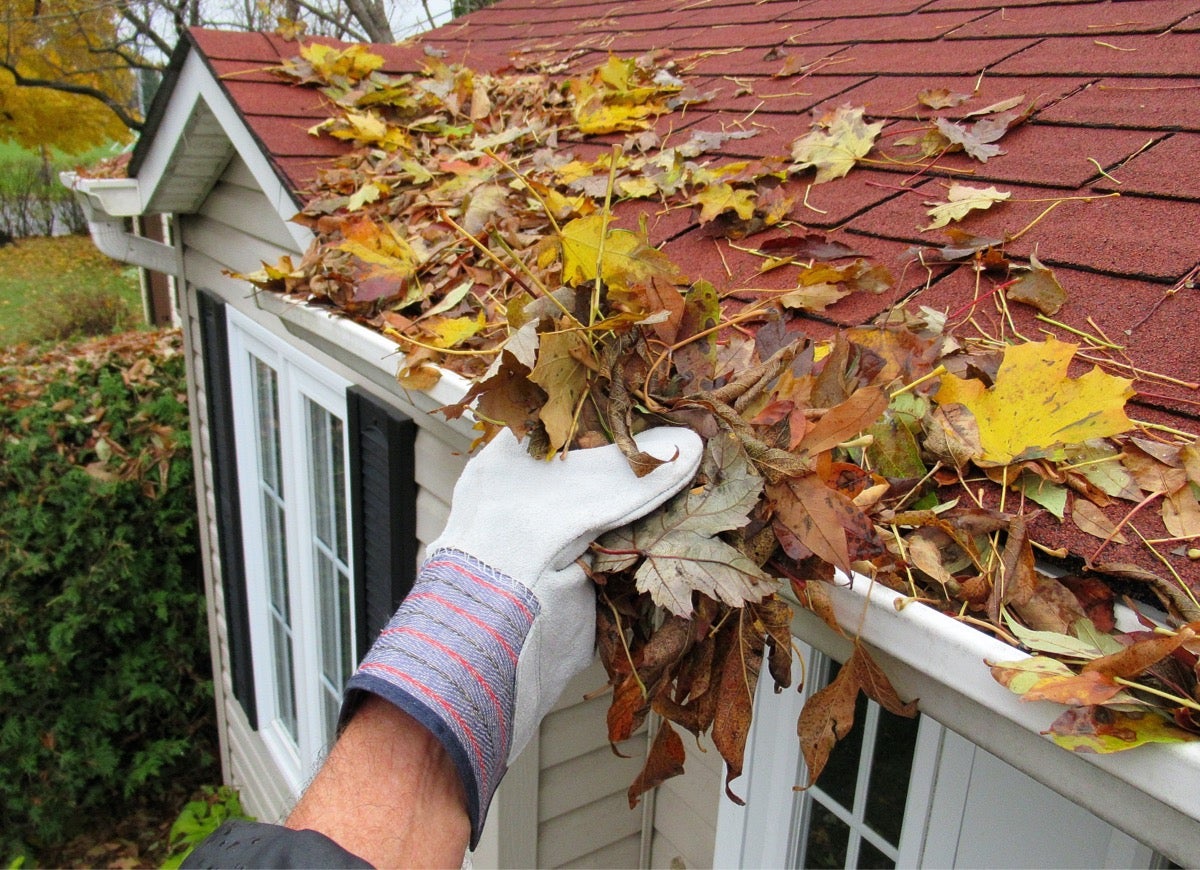
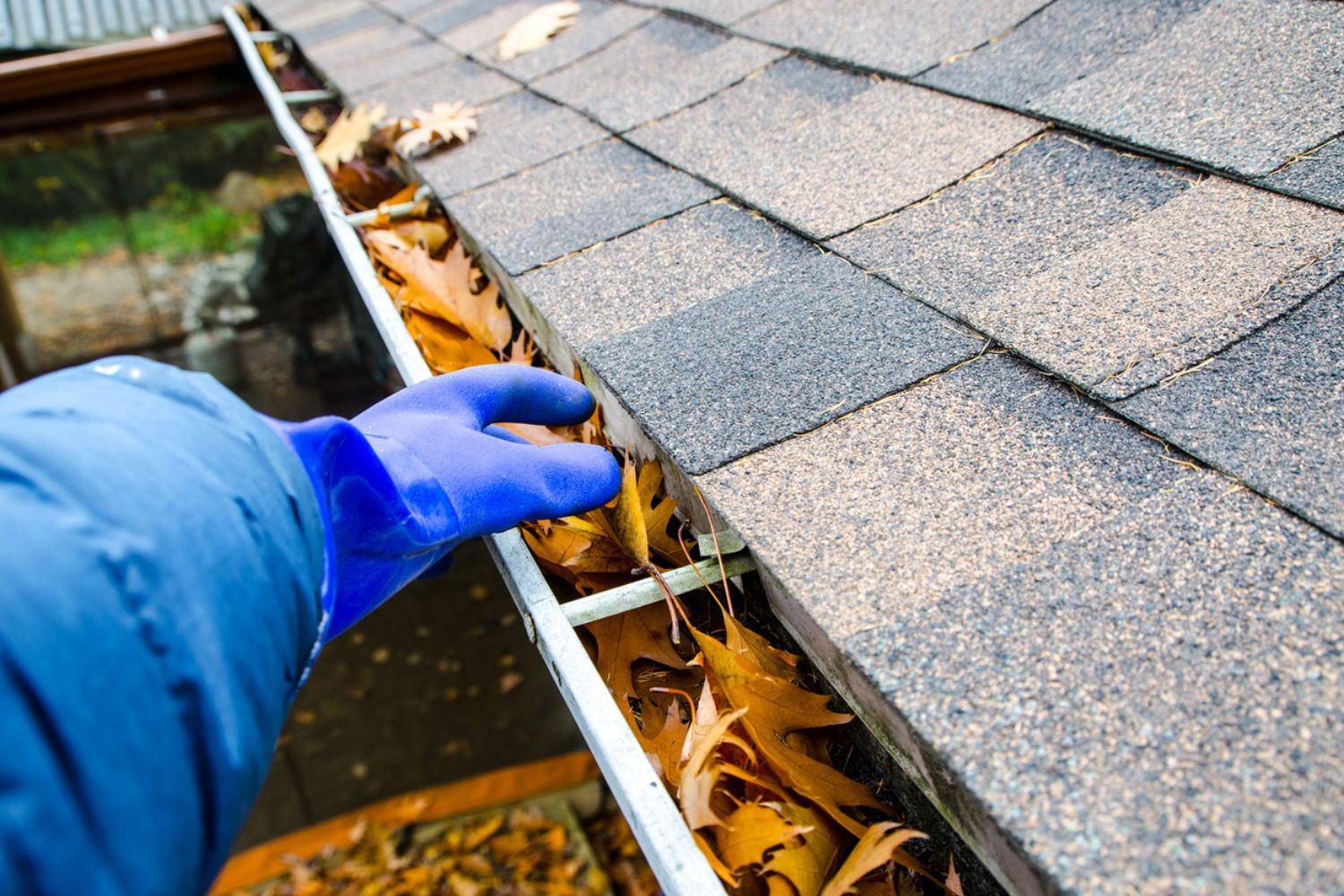
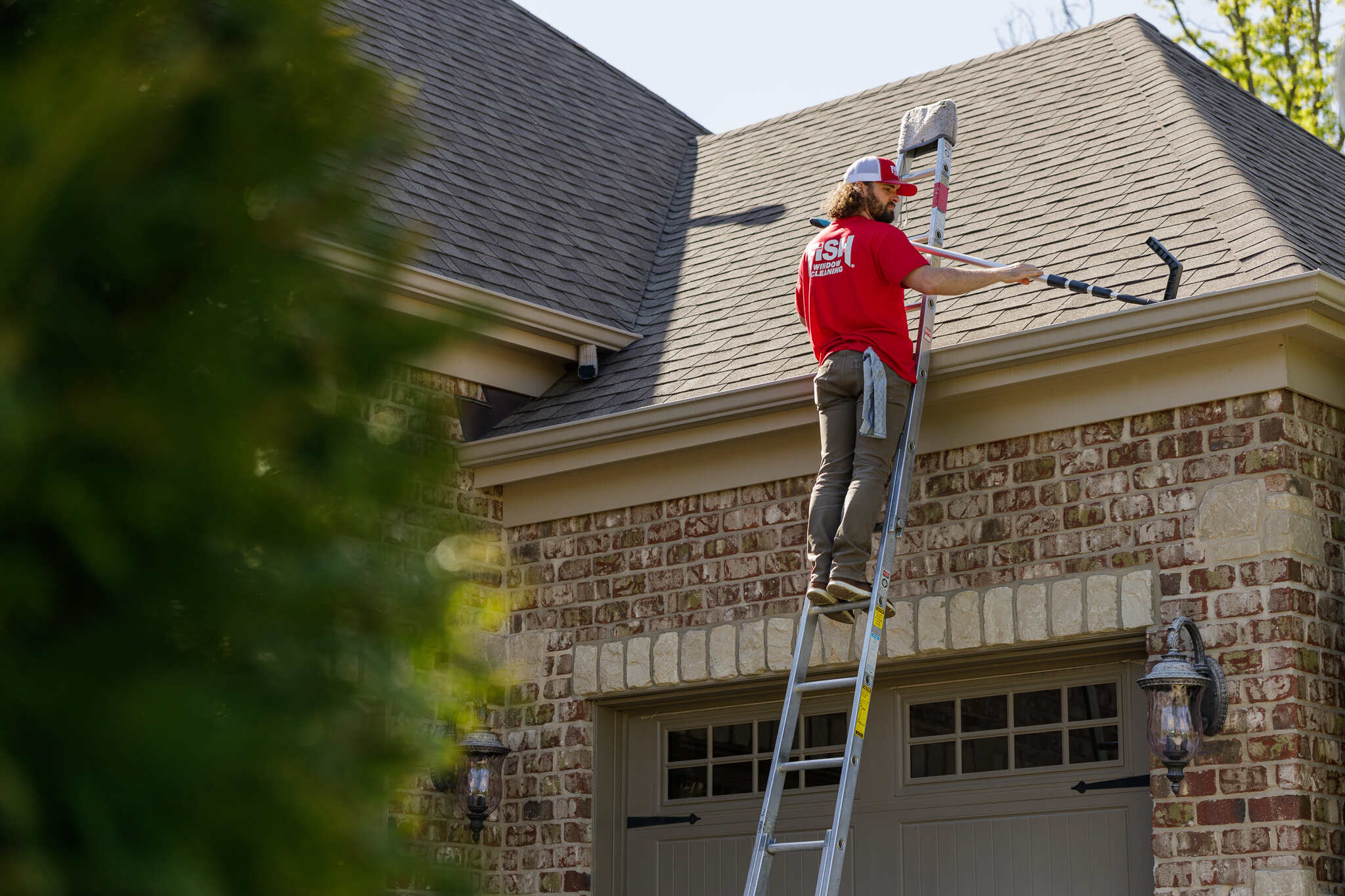
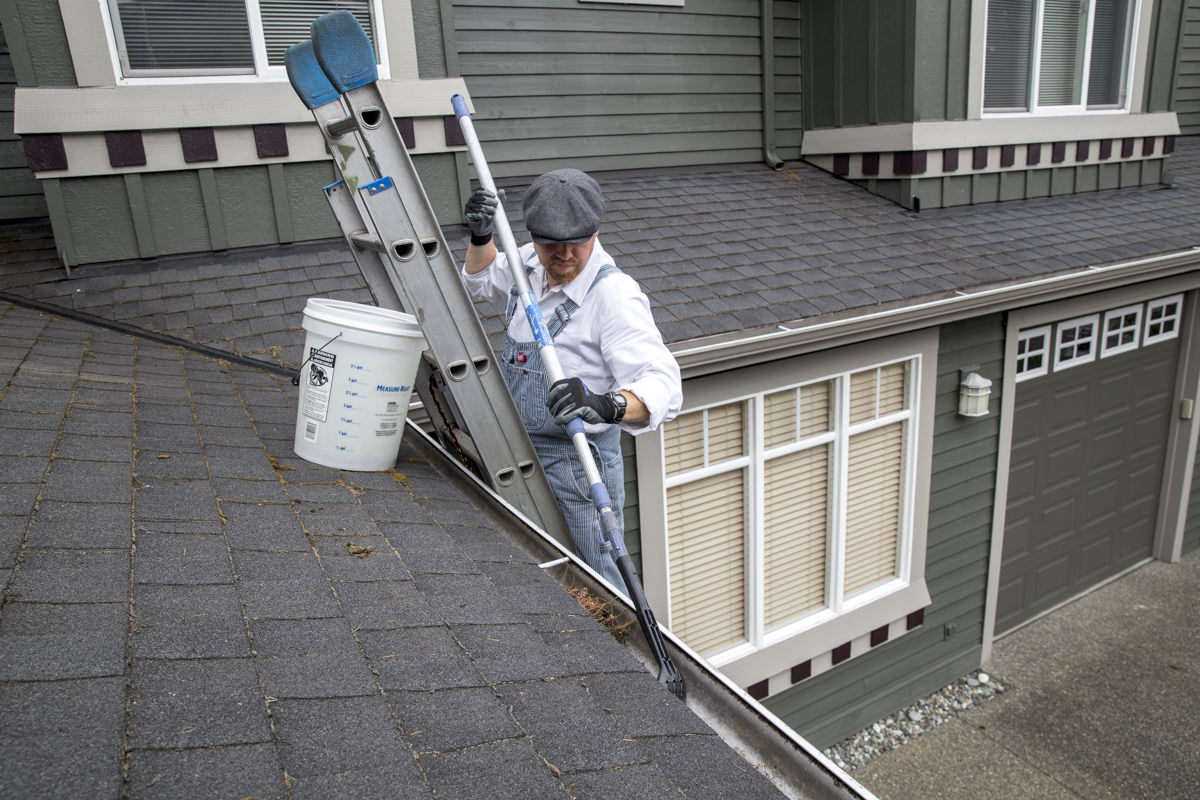

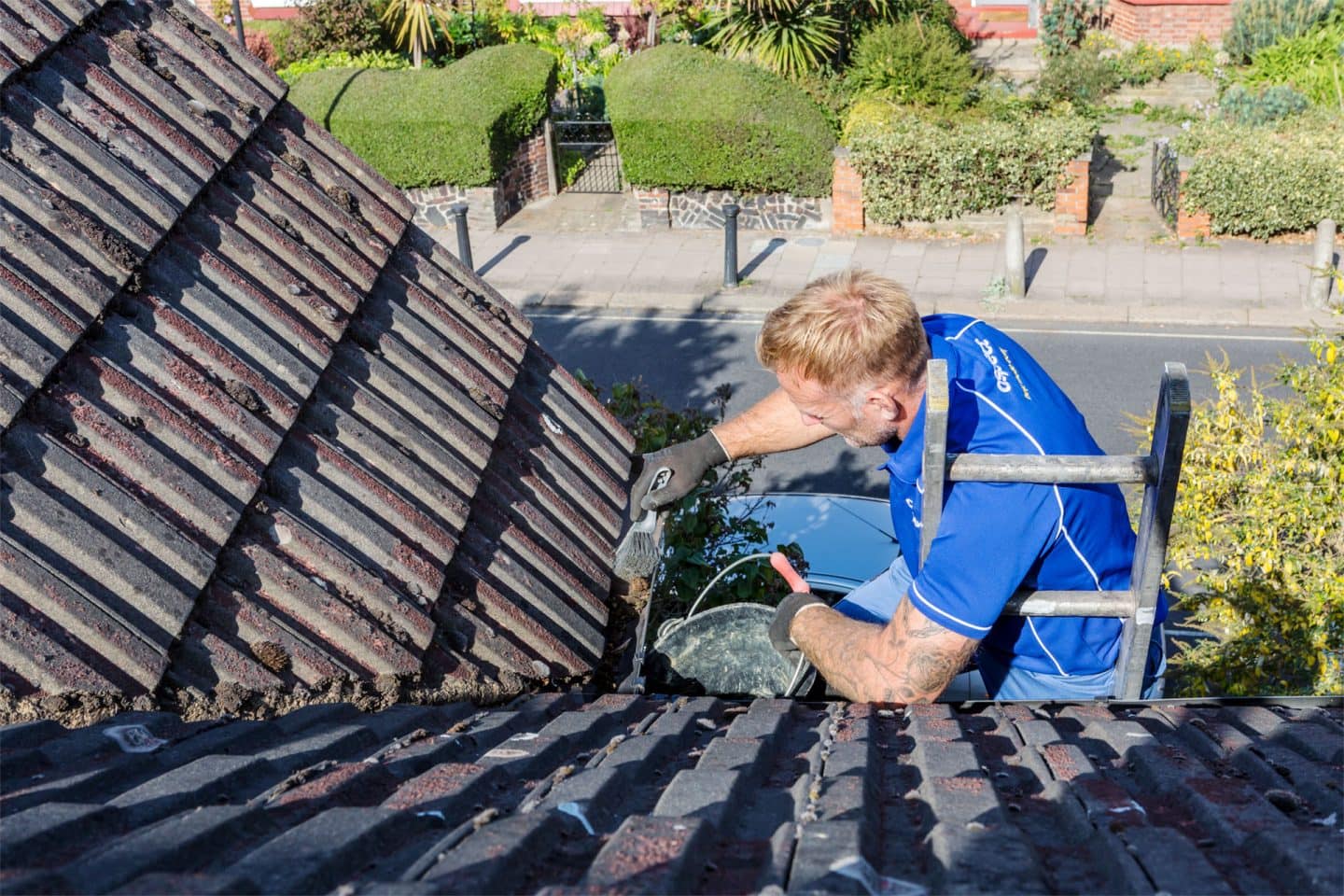


0 thoughts on “How To Clean Gutters Out”